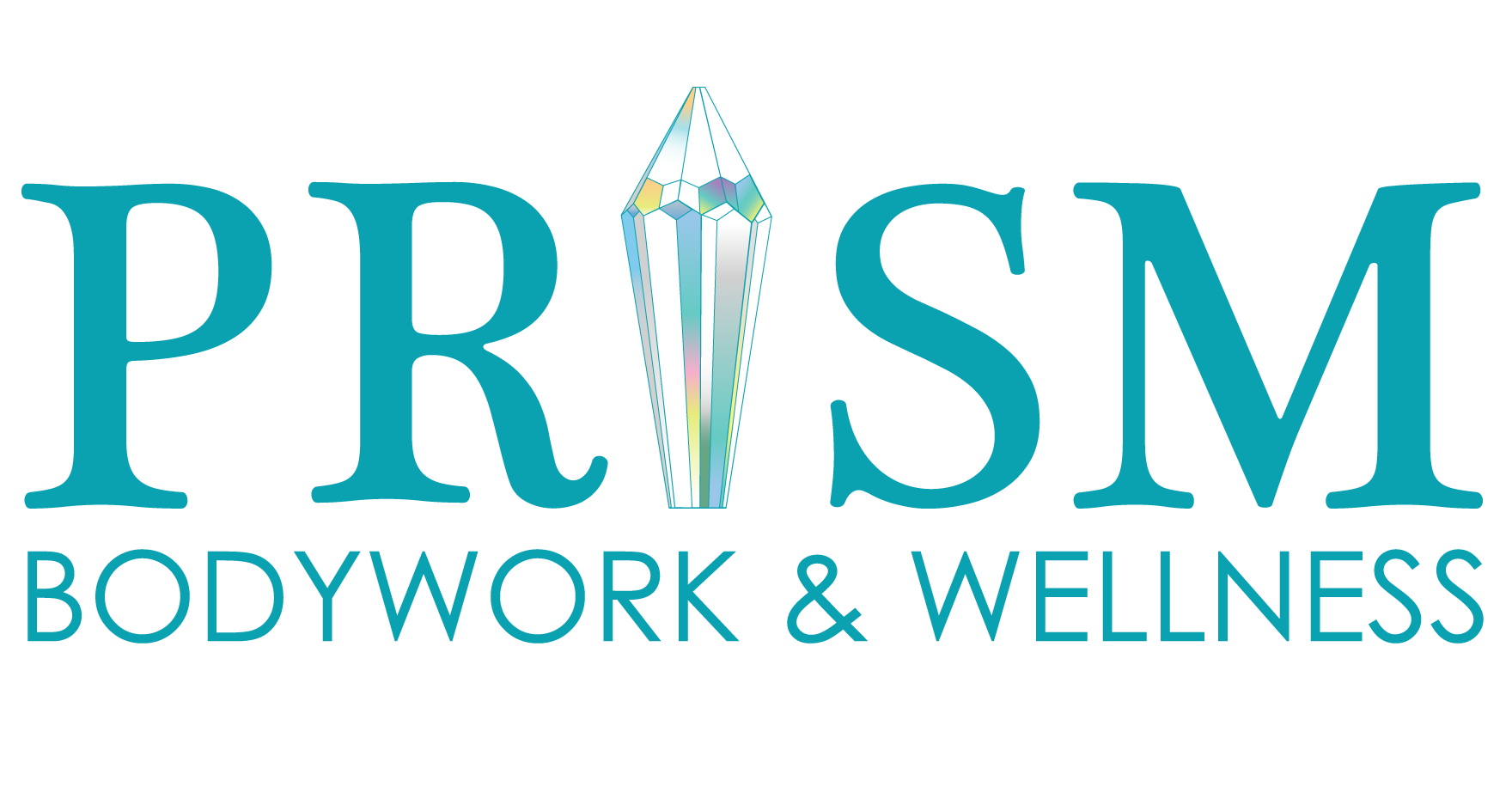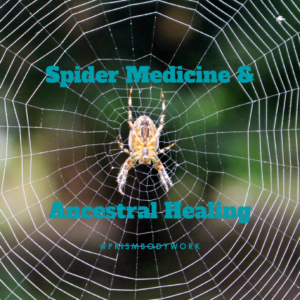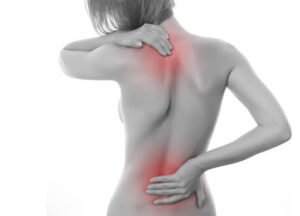The Healing Benefits of CranioSacral Therapy
By Crystle Logan, LBS, MT RMH
People often ask me, what is CranioSacral Therapy? Well, there’s not always an easy answer, but I will try to sum it up in layman’s terms as best I can.
Put briefly, Craniosacral Therapy (also abbreviated as CST) is a form of CAM – or Complementary Alternative Medicine, that finds and treats imbalances in the nervous system. In other words, CST is a gentle, noninvasive, deeply relaxing form of bodywork that addresses the bones of the head, spinal column and lower back to release compression and alleviate stress and pain.
Osteopath Dr. William Sutherland originally discovered the technique and believed that the sutures of the human cranium were like gills of a fish that moved and allowed the skull to “breathe”. Dr. John Upledger later modified Sutherland’s work and created the school of CranioSacral Therapy (The Upledger Institute) that we know today.
The brain and spinal cord contain craniosacral fluid (CSF). The premise behind how this therapy works is that due to various reasons, such as emotional or physical traumas, tension or tightness in the sutures and/or misalignment of the vertebrae, the flow of CSF sometimes gets blocked or diminished. This taxes the nervous system and inhibits the proper functioning of the brain. This fluid, along with all the fluids of the body, is even affected by the moon. Which brings me to the next piece- craniosacral rhythms.
Although more research is needed, there have been reports in the medical community about the validity of craniosacral rhythm. One article found that: “There is an ongoing rhythmical motion of the underlying dural membrane caused by the production and reabsorption of CSF, which is transmitted to the bones. The dural membranes are supposedly responsible for moving the cranial bones. The reciprocal tension membrane system (RTM) creates a system of inhalation and exhalation from the cranium. Cerebrospinal fluid is believed to interact with every fluid in the body, and is believed to oscillate, ebbing and flowing in tidal movements that are affected by the moon.” (Giaquinto-Wahl, 2009).
During a CST session, the therapist “listens” to and encourages the flow of CSF while balancing the craniosacral rhythm. A CST practitioner releases fascial adhesions and membrane restrictions by gently manipulating and lengthening the bones of the cranium and sacrum through a series of holds, allowing the body to decompress and the central nervous system to do an automatic reset after physical and emotional traumas.
Who benefits from CST? Well, just about anyone will benefit from a CST session because it is deeply relaxing. It is not highly invasive, as in most cases the recipient remains fully clothed and no deep pressure is used. There are over sixty known conditions that have shown to be improved by CST. One major area that can be helped is chronic pain. A recent meta analysis on CST studies found that: “in patients with chronic pain, significant and robust effects were found on pain and function lasting up to six months.”
People who have had car accidents, physical traumas, emotional traumas, concussions, and other types of trauma may benefit the most from CST. Some other areas where application of CST has been shown to be useful include everything from headaches, PMS, and depression, to Cerebral Palsy, Fibromyalgia, Vertigo, TMJ, Autism Spectrum Disorders and Down Syndrome, to name a few. For a detailed list of conditions that can be treated with CST, please see the links to research below.
Who should not receive CST session? Contraindications include, but are not limited to Aneurism, CVA, Intracranial Hemorrhage, and some TBI’s. Always talk to your doctor before seeking medical treatment.
Craniosacral Therapy is a gentle and relaxing way to encourage healing and balancing of the central nervous system. Many psychotherapists are incorporating CST with psychotherapy to relax their clients and allow deeper mental processes. During my own practice and experience receiving CST, I’ve had amazing insights, visions, and deep feelings of peace and wellbeing, which resulted in less pain and better sleep.
Given the myriad of healing benefits and its ability to compliment Western medicine so beautifully, why not try craniosacral therapy the next time you find yourself searching for a healing modality?
Links to Research:
Related Posts
Winter Solstice Cacao & Somatic Breathwork Ceremony 2024
Thank you SO MUCH to everyone who attended our last Cacao & Somatic Breathwork ceremony! We had such a great turnout that we decided to host another ceremony at the Shire for Winter Solstice on December 22nd! Get ready for powerful healing, transformation, and breakthroughs to occur as we step into the energy of the…
Read MoreSpider Medicine & Ancestral Healing
Finding My Way Back to My Roots I am startled awake by a booming clap of thunder. My room briefly illuminates in a flash of lightning, fading into darkness just as quickly. Another rumbling boom of thunder shakes my house, followed by another, and now, I am wide awake. I check the clock- it’s 5:30…
Read MoreThe Silent Burden of Chronic Pain
Understanding the struggle of living in chronic discomfort By Crystle Castle, BS, LMT, RMH. Suffering in silence is the high price paid by those of us living with chronic pain. No matter what we do, complaining about it doesn’t help, and nothing seems to make it go away. So, we go about our daily lives,…
Read More


